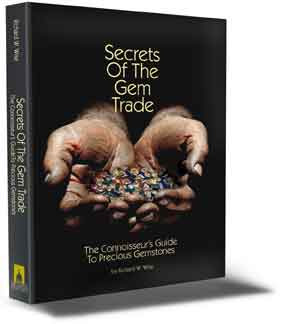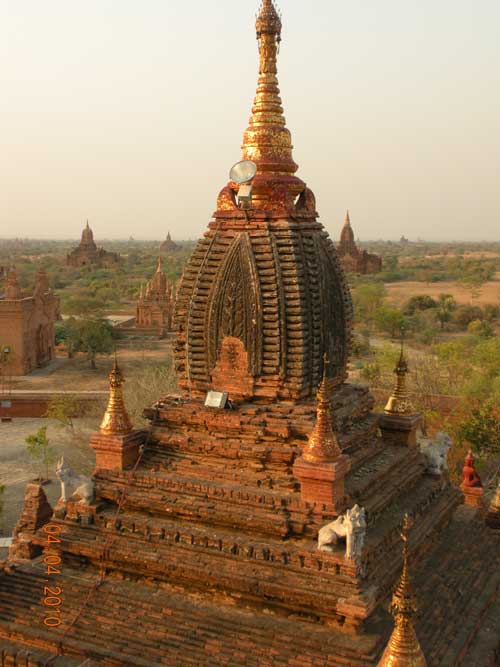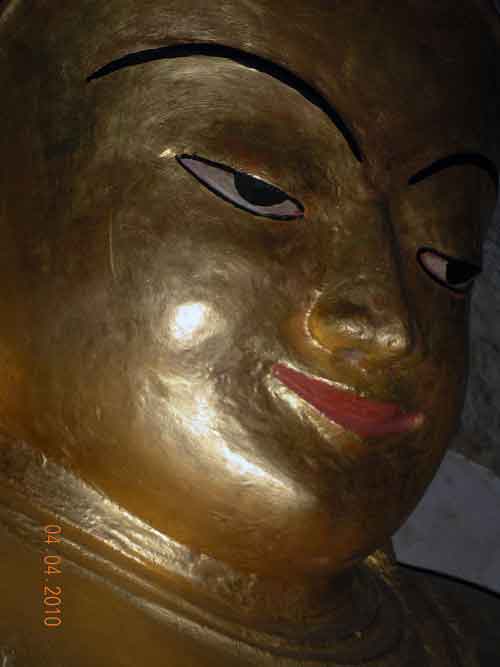
About once a month on one of the gem forums someone asks the question:
"What color is pigeon's blood."
by Richard W. Wise, G.G.
Update © 2013
The real question is, of course, "what is the best color in ruby." Although I cover the question in some depth in my book; Secrets of The Gem Trade, The Connoisseur's Guide to Precious Gemstones, it appears that a few people have yet to read the book. (pictured above a gem quality 2.09 carat natural old mine Burma ruby with a GRS "pigeon's blood certificate)
The short answer is simply that rubies should be red. Problem is there are almost no visually pure color in nature so, we speak of a mixture of colors. In gems, we normally speak of a primary and a secondary color or hue. Gems may have more than two hues but it it is difficult for even the most discerning connoisseur to see more than two. Still a ruby must be predominantly red, that is, have a primary red hue. Put another way in the color mix, red must be at least 51% of the hue mixture. If its not red its not a ruby. Any member of the gem family corundum that is any color other than red we call sapphire.
Ruby may exhibit one of a few possible secondary hues. These are: pink, purple and orange. Purple and orange are the hues immediately adjacent to red on the color wheel. You will never find a ruby with a green secondary hue. Pink, a paler less saturated red is also possible. The finest color or pigeon's blood exhibits a purple secondary hue. Why purple, there are two good reasons; one historical and the other based upon color science.
This historical explanation I owe to Vincent Pardieu. Vincent began by studying gemology in Burma and he found a dealer who explained "pigeon blood" to him. The Burmese coined the term. Purple is a hue that falls between blue and red on the color wheel. It is known scientifically as a modified spectral hue.  The Burmese set gems in pure gold which is a a very rich yellow color. Blue is the compliment of red. Complimentary colors are those that cancel each other out. So when a purplish red ruby is set in yellow, the yellow of the metal cancels out the blue in the purple leaving behind, guess what an almost visually pure red.(pictured above a 1.63 carat gem quality old mine Burma ruby with a GRS "pigeon's blood certificate). So the goal for the Burmese is red, pure red! See more!
The Burmese set gems in pure gold which is a a very rich yellow color. Blue is the compliment of red. Complimentary colors are those that cancel each other out. So when a purplish red ruby is set in yellow, the yellow of the metal cancels out the blue in the purple leaving behind, guess what an almost visually pure red.(pictured above a 1.63 carat gem quality old mine Burma ruby with a GRS "pigeon's blood certificate). So the goal for the Burmese is red, pure red! See more!
I wrote my book several years before I met Vincent in Bangkok. However, I reached the same conclusion by applying a logical analysis. My reasoning goes something like this. Color Science teaches that the color red reaches its optimum saturation (brightness) at a fairly dark tone, somewhere about 80%. This is not opinion, it is measurable scientific fact. If you consider that 100% tone would be pure black, 80% is pretty dark. Pink and orange on the other hand reach their optimum saturation at fairly light tones. Pink obviously as it is by definition paler (less bright). Orange reaches its optimum saturation at between 30-40% tone.
Purple reaches its optimum saturation at around 60% tone. Now, if you add a light pigment to a dark paint you would obviously lighten the overall effect. Same is true in transparent media. The optimum tones of red and purple mix fairly well both being both dark in tone. The purple unlike the pink does not dilute the red. Pink and orange would lighten the red thus reducing the overall saturation of the pinkish-red or orangy-red color. Purple reinforces the red, orange and pink dilute. Make sense? Not everyone agrees. Some connoisseurs like a bit or orange. They feel it frames and pumps up the red hue. A good point if you consider the effect of orange in red spinel. Be that as it may, for good historical as well as scientifically verifiable reasons, orangy red is not pigeon's blood.
The first image above is of a 2.09 carat Burmese natural ruby from the old min at Mogok. This stone has a bit purer red, exhibits less purple than the second stone, a 1.63 carat gem from the same mining area. Both, however, have been grading "Pigeon's blood" by GRS, Swiss Lab, Bangkok. As you might imagine this lab sees an awful lot of rubies. Both stones are from the Mogok Valley, this is the place, going back to the Bronze Age, where the original stones were mined back when the term pigeon's blood was coined. A lot of the gems currently in the market are from a new mining areas Mong Hsu that is about half way between Mogok and the Thai border. Mong Hsu stones can certainly be pigeon's blood color but since we are talking about a historical term I thought it best to use illustrations from the old mine.
With the discovery of new sources of ruby in Africa a controversy has arisen over use of the term pidgeon's blood to describe the color of gems most specifically from Mozambique. The Chinese have outright banned the use of the term for ruby other than those of Burmese origin.
At the 2012 Hong Kong show I purchesed two exceptional unheated gems from Mozambique that were described in a GRS report as "vivid red" with a color identical to Burmese stones with GRS Pidgeon's Blood certificates. If, as I have suggested here and in my book, pigeon's blood is a definable hue then it seems to me that any ruby that meets those criteria can and should be labeled the same.

Want to Learn more?
Follow me on gem buying adventures to the old Burma ruby mine at Mogok. Learn how to judge the quality of rubies, sapphires, emeralds, garnets and 31 other gems. 120 carefu
lly selected photographs showing examples of the highest quality gems to educate the eye, including the Rockefeller Sapphire and many more of the world's most famous gems. Consider my book: Secrets Of The Gem Trade, The Connoisseur's Guide To Precious Gemstones.
“Wise is a renowned author… He’s
done a marvelous job of this first book, monumental work, a tour de force…My recommendation: Buy this book”.
Charles Lewton-Brain, Orchid
whether you like to know what the best colour is in Tanzanite, or how to grade a Diamond, you will find it in this book. No other book I read before dealt with this topic is such detail as Richard Wise's masterpiece."
A. Van Acker, FGA
Amazon June 2005
"Secrets Of The Gem Trade: The Connoisseurs Guide To Precious Gemstones by Richard W. Wise is an impressive new reference for dedicated dealers and collectors of gems, gemstones, and … pearls. Introducing and descriptively exploring each and every gem covered in the easy-to-use reference, Secrets Of The Gem Trade contains an illustrated summary of each stone inclusive of its history and general information, hue and tone, saturation, which may be noticed as the finest, an understanding of the particular gems rarity, and the caution for synthetics and how to depict them, however depending upon the stone there may be description of clarity, color fading, multi-color effect, etc. Secrets Of The Gem Trade is very highly recommended to anyone interested in gemology as a superbly organized, authoritative, comprehensive, and easy-to-follow reference."
Midwest Book Review
April 2006
Now 20% off. Read a couple of chapters online or buy one of the few remaining limited editons: www.secretsofthegemtrade.com.
Buy it on Amazon: www.amazon.com
Labels: gem prices, gemstones, new gem strike, spinel prices, Tanzania gems, Tanzanian Spinel





